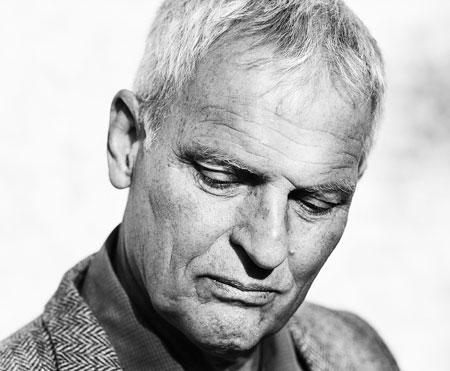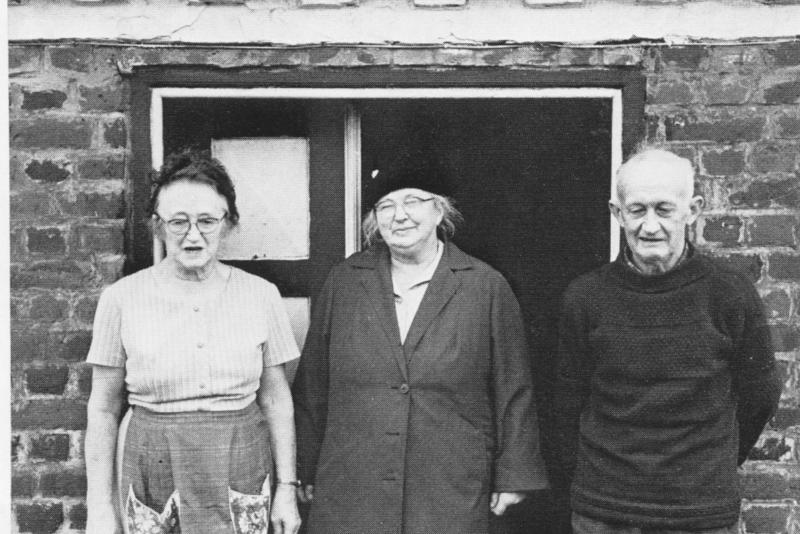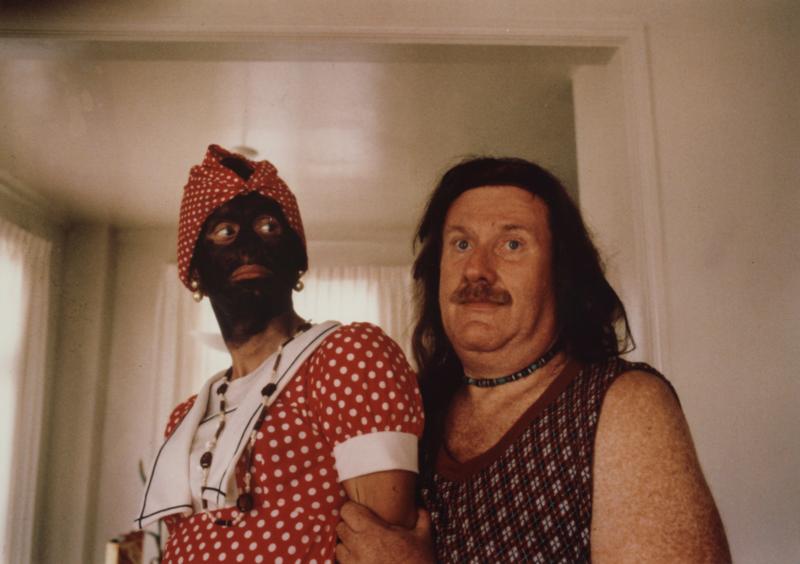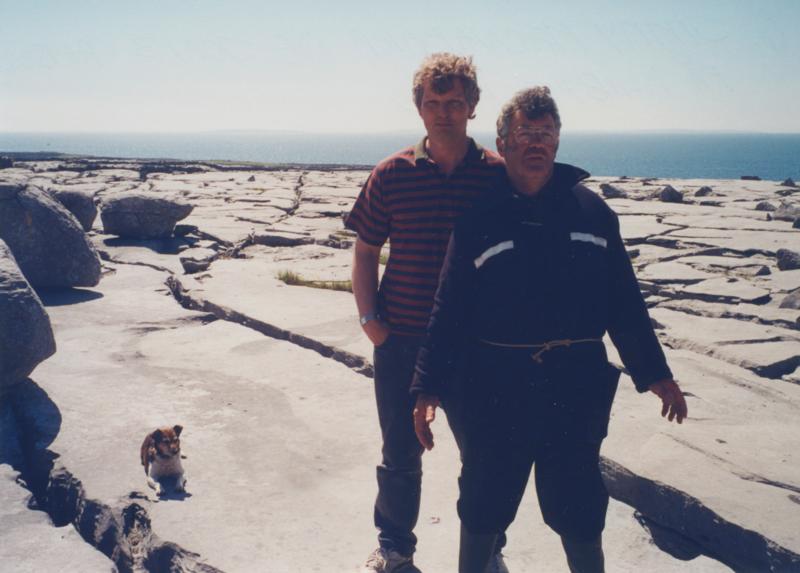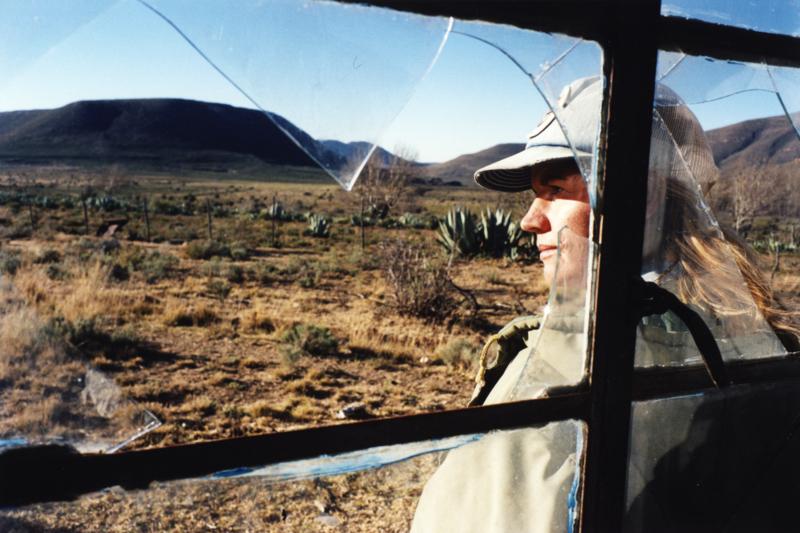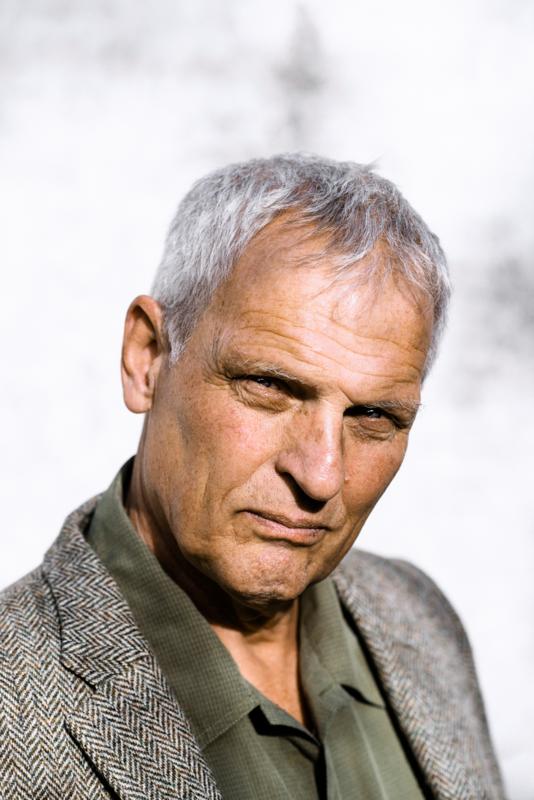The theme of Jon Bang Carlsen's new film, "Just the Right Amount of Violence", is loss of love. It's a film that probes the difficult and often very painful relationship between parents and children. Moreover, it opens up the kind of wounds we all suffer growing up that have the potential to determine the course of our lives.
It's an important and urgent issue, and the story would appeal to any human-interest documentarian. The only problem is that very few people would want, or could even stand, to put their despair on display in such a vulnerable situation.
True to the method he has refined over four decades, Bang Carlsen (b. 1950) chose to mix reality, fiction and personal reflection. The two men who abduct "Simon" in the opening sequence are real-life "interventionists," but at the end of the film it's revealed that the sequence is a reconstruction. Rather than working in the classic, observational mode, Bang Carlsen asks the abductors to play themselves in a situation they know inside and out from their working lives. And the character of "Simon"? He's played by an actor.
Later in the film, we meet another young man, Taylor Green, who has actually been through the system and is now looking back at the experience. Meanwhile, in between the fictional and documentary elements, the filmmaker weaves another layer, an autobiographical and essayistic frame of explanation, in which he reflects on his own experiences as a son and a father, hinting at his personal motivation for picking up this particular subject.
Accordingly, "Just the Right Amount of Violence" ties into the recent trend of hybrid films where essentially documentary material is put into a framework that also questions conventional notions of reality and truth. Two recent examples are Sarah Polley's "Stories We Tell" (2012) and Marten Persiel's "This Ain't California" (2012), which both use fake archival footage and actors – not so much to fool the audience as to communicate a deeper, more abstract or subjective truth.
While hybrid film is a term that has been applied to a lot of boundary-bending documentaries in recent years, the concept is hardly new to Bang Carlsen. A grand old man of Danish auteur documentary film, Bang Carlsen made his debut in 1973 and broke through four years later with "Jenny", an original and personal short-film portrait of a 76-year-old woman in a remote village on Denmark's North Sea coast. As Jenny's voiceover relates her life and thoughts, we watch her act in a series of tableaux reconstructing situations from her everyday life. She is, in a way, starring in a cinematic interpretation of her own life.
Back in 1977, when Bang Carlsen modelled his version of an actual person, Jenny, the method wasn't new. Twenty years before, Lionel Rogosin had done something similar in his Oscar-nominated classic "On the Bowery" (1956), inserting a fictional character into a milieu of bums and barflies, whom he all directed to play themselves, in order to paint a realistic picture of life in the bowels of New York City. Like Bang Carlsen, Rogosin was fond of the pioneering Robert J. Flaherty and the Italian Neorealists who in similar ways made moving and memorable films by splicing fiction and reality.
However, Bang Carlsen took things a step further in "Jenny", and later films like "Hotel of the Stars" (1981), "Fugl Fønix" (1984) and "Før gæsterne kommer" (1984), refining and perfecting the method that he dubbed "staged documentarism." What drove him was the recognition that the reality that is presented in any kind of film has always been around the back of the filmmaker's eyes and so can never be anything but a subjective interpretation. For Bang Carlsen – and likeminded filmmakers – the camera is never just a surveillance tool. It's a pen for writing poetry based on your perceptions, a brush for painting the impressions you get from observing the world you're living in.
Bang Carlsen's exploration of the possibilities of "staged documentarism" reached a peak in "It's Now or Never" (1996), portraying a lovesick bachelor, "Jimmy," from the Burren, a harsh limestone landscape on the west coast of Ireland. The filmmaker next relocated to South Africa for a number of years, making films like "Addicted to Solitude" (1999), "Portrait of God" (2001) and "Blinded Angels" (2007), and opened up a new, more essayistic path in his production. On the back of this group of films, Bang Carlsen is now returning to staged documentarism. In "Just the Right Amount of Violence", he visually revisits some of the arch-American landscapes of the American Southwest that were his favourite locations in the late 1970s and over the next decade. But it is also a film that mixes up different expressive elements with a joyful lightness that recalls the phenomenon that the Danish painter Per Kirkeby, for one, once labelled "the arrogance of age."
